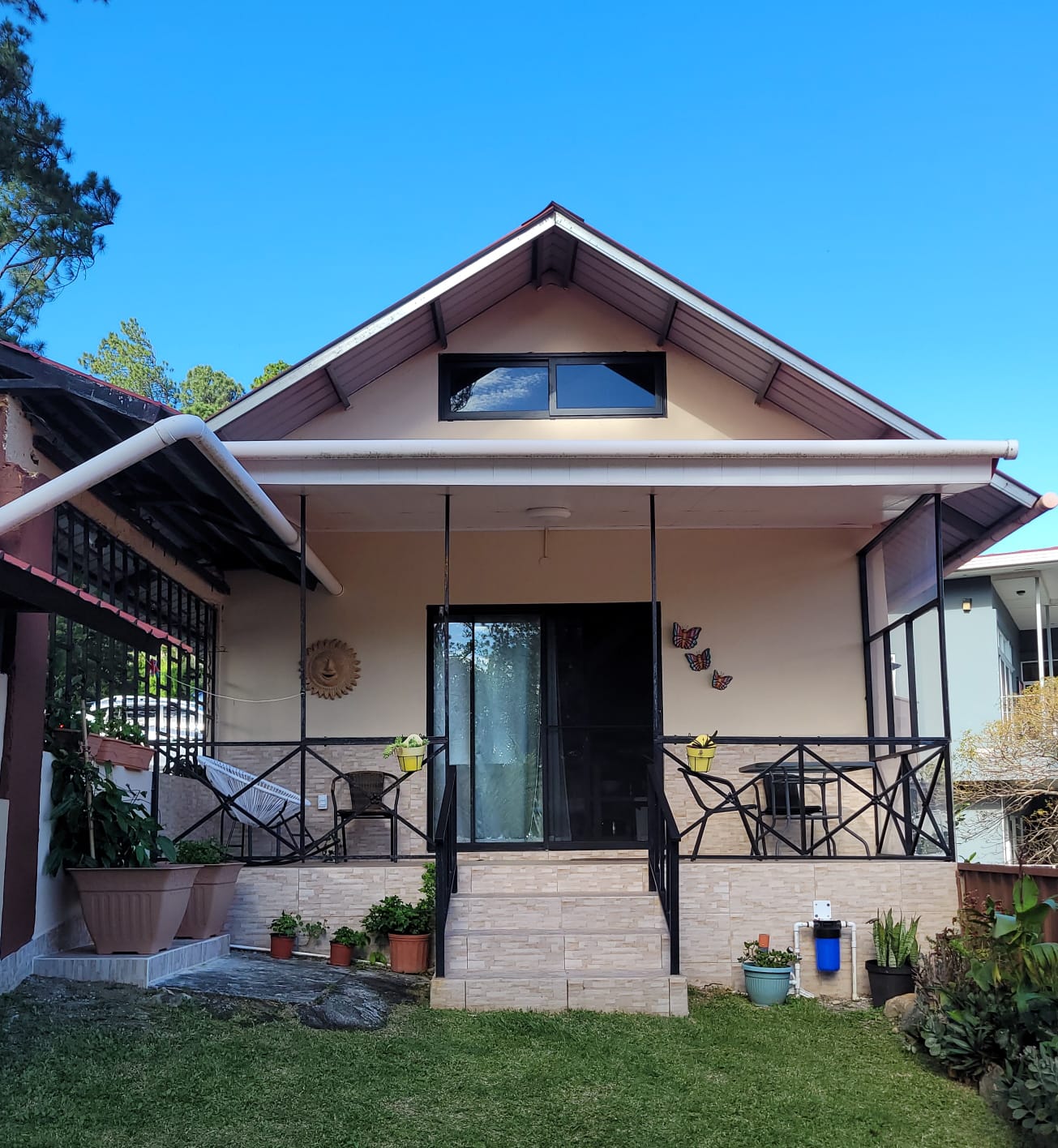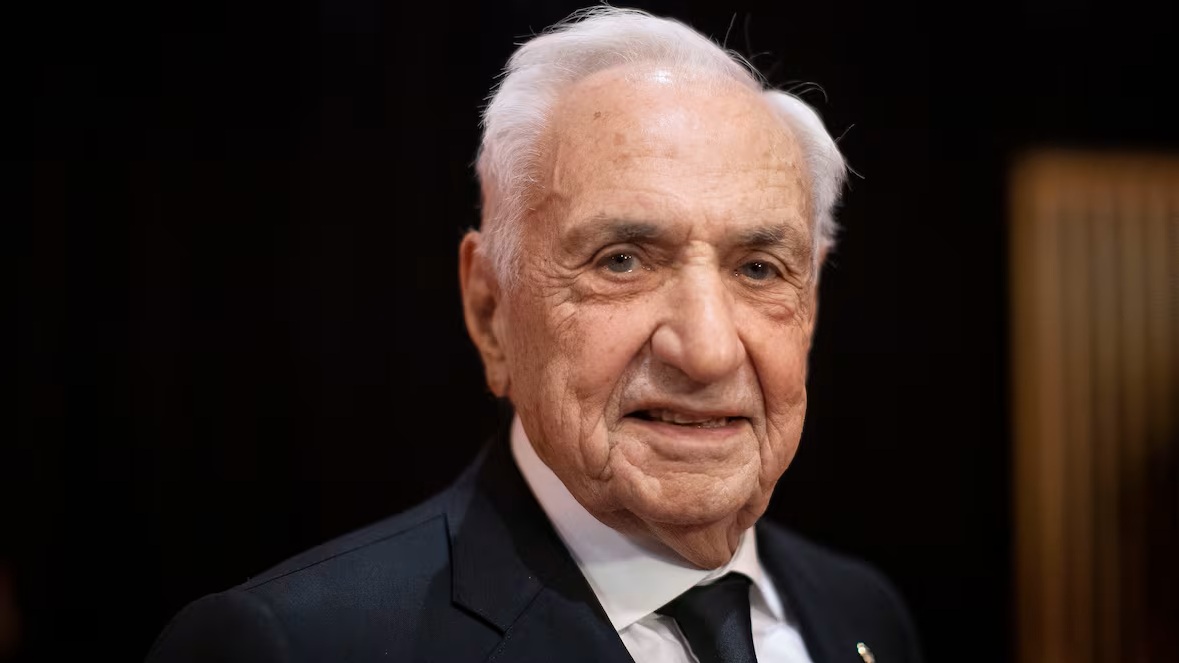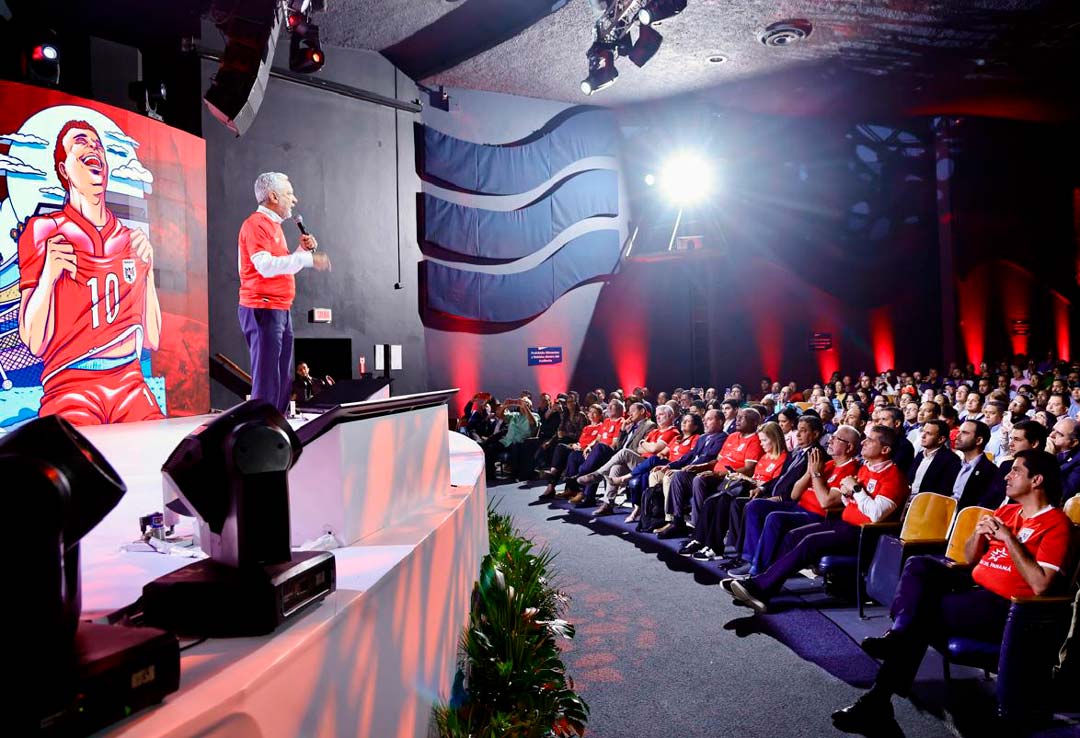Eight Hours of Rocks, Tear Gas, and Pellets in Arimae Darien with the Emberá Indigenous vs SENAFRONT – Update
On June 5, during protests against Law 462 in Arimae (Darién, Panama), clashes erupted between the Emberá indigenous community and SENAFRONT forces and the National Police. The eight-hour operation included the use of tear gas, fire, and rubber bullets.
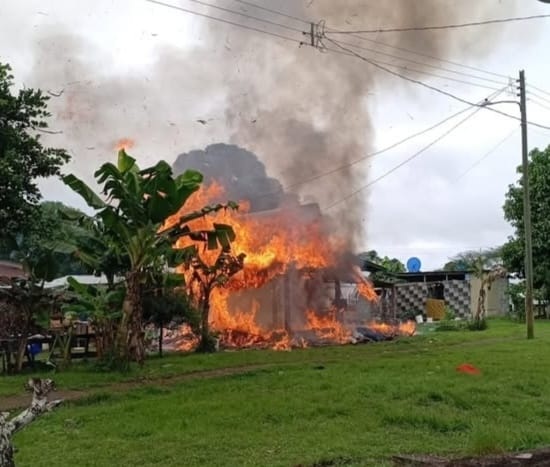
At the end of this story, we have a letter from a reader who has a great deal of background to tell us. I want to thank Nick for his email and letter contribution. The sun had not yet fully risen, and the air smelled of smoke. In Arimae, an indigenous community located in the Darién province, 210 kilometers from the capital Thursday June 5 was a difficult day. From early in the morning, residents faced an intense day of clashes with members of the National Border Service (Senafront) and the National Police. Tear gas and pellets shook the calm of a town that is currently demonstrating against Law 462, which reformed social security. José, a local farmer, told reporters about the events. “Well, today is a bit quiet, but yesterday was the toughest day in the community,” he said on Friday June 6.

At 7:00 a.m., he says, riot police from the National Police and the SENAFRONT surrounded the town. They launched tear gas and fired pellets. “They bombed us for almost eight hours,” José says, adding that “several young men were injured.” The clashes with the officers have caused a toll that worries the community. “Since the first closure, there have been almost eight injuries; yesterday (Thursday) there were four more. One of the young men had to be transferred to Panama, to Santo Tomás. He was hit by buckshot in his eye. God willing, he doesn’t lose his sight.”
The Claims
The community is demanding the repeal of the controversial Law 462, which according to José, “affects everyone, because even though they say we don’t contribute, we are producers and we have to register with the Social Security Fund.” He asserts that the law makes no distinction between small producers and large businesses: “No one escapes that law.” But this isn’t the only cause for outrage. The residents of Arimae are also protesting the possible reopening of mining operations and the Indio River reservoir project, an initiative to provide water for the Panama Canal. “We are standing in solidarity with the farmers who will be affected,” explains José.
Protest and the Right to Move
They demonstrate by blocking the road. They set up barricades with pieces of wood, trees, stones, and any other object that will obstruct traffic. On Thursday, as they do every time the highway is blocked, security forces arrived to clear the road. President José Raúl Mulino ordered the roads to be opened. The continued roadblocks in Panama have sparked discontent among locals, business owners, and drivers, who complain that these disruptions prevent them from carrying out their daily activities. But the protesters continue their struggle. “They always come and dislodge us, with tear gas, with pellets, even with 12-caliber rounds,” he complains.
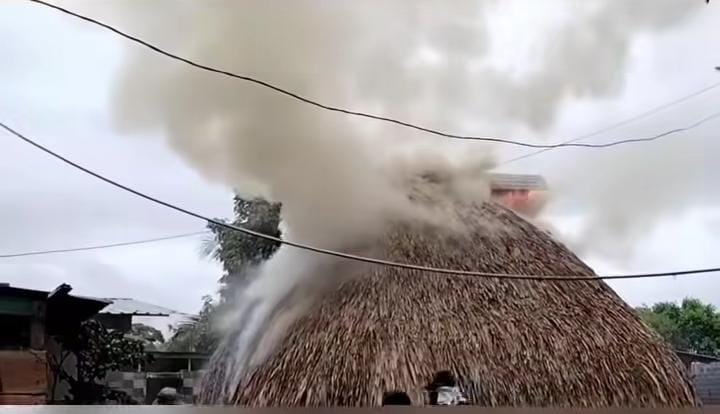
“First they throw tear gas, and we defend ourselves with rocks. They surround us,” he says. “They burned a ranch. She was a widow. Everything she owned was lost,” José laments. However, the Senafront (National Police Service) denied this story. The organization states that, amid the situation, a ranch was set on fire with a homemade bomb, known as a Molotov cocktail. The Public Ministry opened an investigation into the incident.
The Wounded from Senafront
The SENAFRONT also warned that three of its officers were injured in Thursday’s clash. In a statement, the agency reported that a deputy commissioner, a lieutenant, and a second corporal were taken to a medical center after being injured in the protest. “These units were attacked by protesters who threw rocks at them; one of them even had his hand cut off with a machete,” the SENAFRONT press release states. But José says fear has taken hold in the community.

“There’s physical damage here, psychological damage, traumatized children. People can’t sleep; they think there’s going to be a raid,” he confesses. Arimae also made the news in mid-May when a SENAFRONT agent was detained by a group of protesters against Law 462 of the Social Security Fund. This sparked a confrontation between members of the Emberá Wounaan indigenous community and National Police officers.
Where is Arimae?
Arimae is an indigenous community located in the district of Santa Fe, in the Darién province, southeastern Panama. It is a collective land reserve where two cultures coexist: the Emberá and the Wounaan. Geographically, it is located near the Pan-American Highway and the Chucunaque River, in a transition zone between tropical rainforest and areas of human intervention. Despite its proximity to the main road, Arimae lacks quality basic services, such as drinking water, stable electricity, and access to adequate education and healthcare, which exacerbates inequality. Most of its inhabitants engage in subsistence activities such as agriculture and fishing, but the lack of infrastructure, public investment, and sustainable employment opportunities exacerbates poverty and restricts the community’s economic and social development. Below is a photo gallery from AP News, and below that is the letter from Nick Tuffney:
Subject: Urgent Attention to Embera Wounaan Crisis in Darién
Dear Panama Newsroom,
I just read your piece about the Embera Wounaan in Darién and felt compelled to reach out. As a dual US/UK citizen with two minor daughters from the Embera tribe, this issue is deeply personal to me.
I lived in La Palma (Nuevo Paritilla) for over a decade, invested in the region, and donated directly to Embera communities—especially in Mogue. I have seen firsthand their resilience, cultural richness, and how they live sustainably off-grid, preserving their traditions without interference. It is heartbreaking to witness the current administration’s disruption of their way of life.
We must remember: the Embera were in Panama long before the administrations of Martinelli or Varela. I was outraged reading your account of police abuses. These actions don’t just threaten a community—they threaten Panama’s soul and heritage. From my base in Miami, I want to amplify this issue and expose what I believe to be a growing authoritarianism within the national police force—marked by corruption, violence, and systemic abuse.
I’ve documented troubling encounters with Panamanian authorities. If you review my Truth Social account, you’ll find evidence that could shine a powerful light on abuses within the national police. It’s not a site I’ve promoted publicly before—it was meant to be a legacy archive for my daughters. But given the urgency, I’m sharing it with you now:
https://truthsocial.com/@DownWithPanama
When the police attack the tribe of my daughters, they attack me. These communities are brave and strong—but vulnerable when it comes to administrative and legal resistance, primarily due to a lack of formal education and systemic neglect.
Panama’s government often ignores that much of its tourism revenue is built on the backs of Indigenous cultures. The Embera Wounaan—especially in areas like Embera Drua—bring invaluable contributions, yet they are met with repression.
To add to this injustice: I’ve never committed a crime, yet I was expelled from Panama for life, separated from my property and daughters. Now, as I battle Stage 4 cancer, my hope is that your platform can help expose what’s happening—not just to me, but to a community that deserves protection, respect, and justice.
Thank you for your reporting and for considering my story. I am available anytime to speak further.
Kind regards,
Nick Tuffney
Miami, Florida 786-912-5409
786-912-5409

